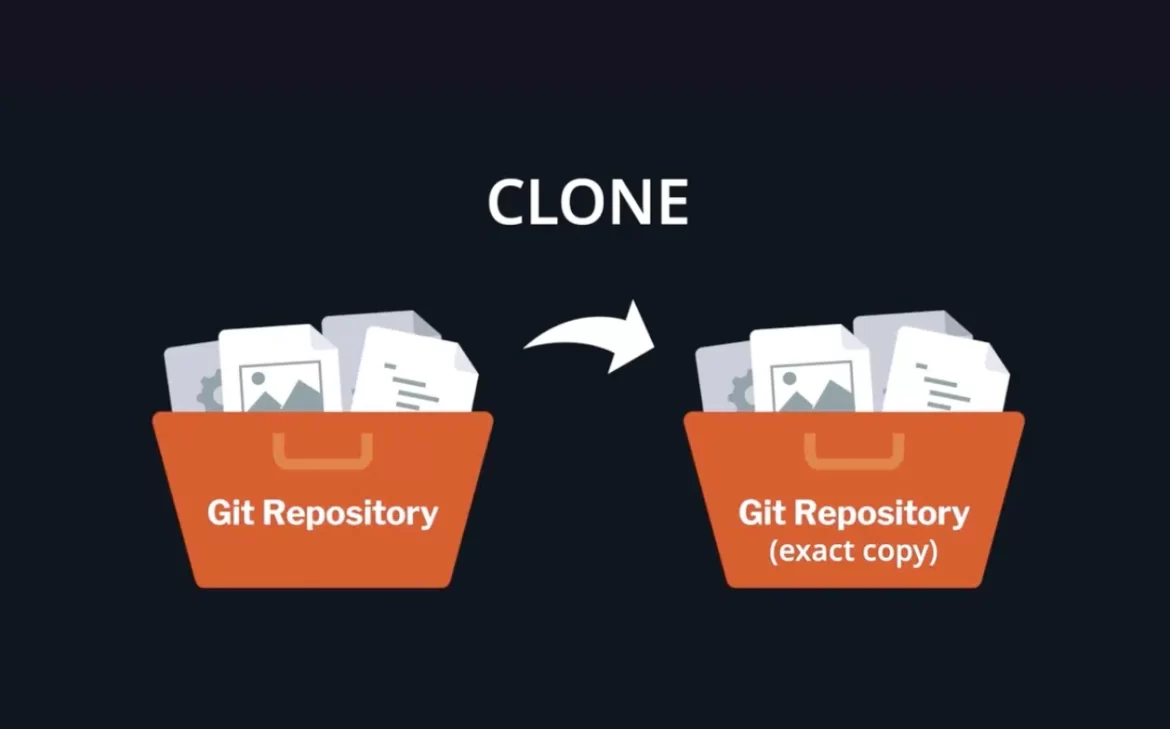Mirroring Git Repository: In the world of software development, managing code repositories efficiently is crucial, especially when collaborating with clients who may have specific requirements for code storage. At PM Square Soft Services Pvt Ltd, we understand the importance of maintaining control over our development processes while ensuring compliance with client needs. This article explores how to effectively mirror code from our preferred Git hosting platforms to client-controlled repositories.
Contents
Understanding the Need for Mirroring
When working with clients, it’s common for them to request that code be stored on their own servers. This request often stems from their desire to maintain ownership of the intellectual property. While we typically use tools like GitHub for our internal processes, clients may prefer different platforms, such as GitLab, or even self-hosted solutions without user-friendly interfaces.
Mirroring allows us to continue using our preferred tools while ensuring that the client has access to the necessary code. However, it’s essential to clarify a few key points before proceeding:
- Scope of Mirroring: Determine whether the entire repository needs to be mirrored or if only specific branches and tags are required. Clients often focus on key milestones or releases, which means we may only need to mirror the main branch and relevant tags.
- Legal Considerations: Always check contractual agreements to ensure there are no restrictions on where code can be stored. Some contracts may prohibit pushing code to public cloud services.

Setting Up the Mirroring Process
The process of mirroring involves two primary operations: cloning the repository and pushing it to the target location. Here’s how to set it up effectively:
-
-
- Cloning the Repository: Depending on your needs, you can clone either a single branch or the entire repository. Use the following commands:
- For a single branch:
bash
git clone --bare --single-branch --no-tags --branch=<branch_name> <source_url> . - For the entire repository:
bash
git clone --mirror <source_url> .
Ensure that the target directory is empty to avoid conflicts. You can create a temporary directory with:
bashpushd $(mktemp -d) - For a single branch:
- Pushing to the Target Repository: Once the repository is cloned, you can push the code to the client’s repository using:
- For a single branch:
bash
git push --tags <target_url> <branch_name> - For mirroring the entire repository:
bash
git push --mirror <target_url>Be cautious, as this operation can overwrite existing data in the target repository, including forced pushes and branch deletions.
- For a single branch:
- Cloning the Repository: Depending on your needs, you can clone either a single branch or the entire repository. Use the following commands:
-
Best Practices for Mirroring
To ensure a smooth mirroring process, consider the following best practices:
- Triggering the Mirror Operation: Set up a regular schedule for mirroring, such as after each sprint or at specified intervals (daily or weekly). It’s advisable to handle mirroring in a separate CI build to maintain control over the process.
- Error Handling: Be prepared for potential push failures. The mirroring process should not disrupt your overall workflow, and you should have contingency plans in place.
- User Permissions: Ensure that the user account performing the push has the necessary permissions to write to the target repository without having admin privileges.
Additional Considerations
- Compatibility of Hosting Configurations: When mirroring, ensure that the target hosting configuration is compatible with the source. For instance, branches with forced pushes must not be protected on the target. Additionally, certain constructs from one platform may not be recognized by another.
- Handling Detached HEAD States: Be aware that during CI processes, the local copy may checkout a specific commit rather than a branch, which could affect the mirroring operation.
- SSH Key Management: Ensure that SSH keys are activated for access to the repositories before attempting to clone or push.
Conclusion
Mirroring code to client repositories does not mean relinquishing the use of our preferred tools. By implementing a systematic approach to cloning and pushing code, we can efficiently synchronize our internal repositories with client-controlled ones. This practice not only meets client requirements but also streamlines our development process, allowing us to maintain productivity and control over our projects.
By following the guidelines outlined in this article, you can effectively manage your Git repositories and ensure a seamless collaboration experience with your clients. The ability to mirror code while using our preferred tools enhances both efficiency and client satisfaction, ultimately leading to successful project outcomes.





